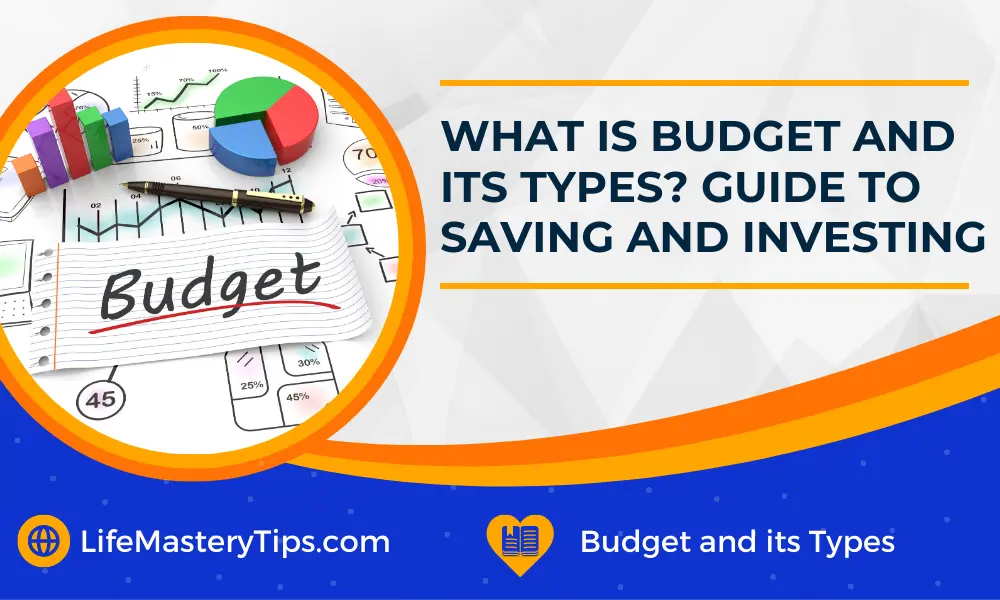Setting SMART financial goals can help take the guesswork out of how much money you need, how much effort it will take to save that amount, and what areas may benefit from strategic investments. Goals are an important part of any plan. If you don’t have an idea of where you’re going and what your destination looks like, then how do you know if you’ve arrived? This concept is especially true when it comes to money management.
Financial Goals Should be SMART
SMART goals are a great way to stay focused on your financial goals, and they can help you stay motivated as well. Because SMART is an acronym, it’s easy to remember. The letters stand for:
- Specific
- Measurable
- Attainable
- Realistic
- Timely
Specific—Your goal should be specific enough that it is clear what you want to accomplish and why. For example: “Save $100 per month.” versus “Save money.”
Measurable—You should be able to measure how close or far away you are from achieving your financial goal. For example: “Use my credit card less than 10 times a month” versus “Don’t use my credit card at all.”
Attainable—It makes sense that if the goal isn’t attainable then it won’t give any satisfaction when achieved (and thus won’t motivate). So think about whether there might be obstacles in the way of achieving your objective, and work through them before setting yourself up for failure!
Realistic—It’s important to set realistic goals because if you don’t, you might be disappointed when you can’t reach them. For example: “Save $10,000 by the end of next year” versus “Save $100 per month.” Timely—Having a deadline for your goal will make it easier to focus on and work toward it.
Take a Hard Look at Your Current Financial Situation
When it comes to setting goals and making plans in general, the first thing you should do is take a hard look at your current financial situation.
Start by creating a budget. You want to figure out how much money you bring in each month and then subtract from that number all of the expenses that you have to pay on a regular basis (rent, utilities, food). This will give you an idea of how much money is left over for savings or another spending.
Then make sure that your tax situation is clear. If there are any issues with taxes, it’s best to get them sorted out as soon as possible so they don’t affect future financial decisions. For example, if you’re self-employed or freelance and haven’t filed any taxes yet this year due to childcare costs during tax season but plan on filing by April 15th anyway because it makes sense financially (e.g., paying estimated quarterly taxes), make sure those quarterly payments go through before setting up your goal!
Create a List of all Your Expenses
The first step to smart financial goals is creating a list of all your expenses. This can be a daunting task, but it’s important to get everything down on paper so you can see where your money is going. You want to include:
- Monthly expenses (e.g., rent or mortgage payments)
- Weekly expenses (e.g., groceries, gas)
- Annual expenses (e.g., car insurance, car registration)
Include fixed costs and variable costs in this list as well—and don’t forget about sources of income! If you have an additional source of income from an extra job or side hustle, include that figure as well. Additionally, include all sources of debt: student loans, credit card debt and personal loans are all examples of debts that should be listed here so they don’t get overlooked later on in the process.
Make Sure You Understand Your Income and Tax Level
The first thing to make sure of is that you understand your income and your tax level. If you are self-employed, or not in a position to pay taxes (for example if you’re a student), this can be a problem. It’s important to have some idea of what’s going on financially so that it doesn’t catch up with you later on.
Understand what You are Spending on and Why
As you begin to set your financial goals, you must first understand how much money you spend each month. This can be accomplished by looking at your bank account or credit card statements and tallying up the total amount of money spent in any given month. You will then want to look at how much of that spending is used on necessities like rent and utilities, as well as discretionary spending such as eating out and shopping.
You may find that while you thought there was plenty of money left over after covering necessities, paying for entertainment took up most of it! This information will allow you to better prioritize where exactly your hard-earned dollars are going so that they are being put towards what’s most important to you. Once this has been accomplished, it’s time for step two: deciding where else in your budget cuts can be made without sacrificing too much quality of life (or health).
Maybe some luxuries like Netflix or cable television can be cut back on temporarily until other financial goals have been met; maybe a few dinners out per week can be replaced with healthy meals cooked in bulk; maybe canceling gym membership would free up enough cash every month–whatever works best for each individual situation!
Decrease Expenses that do not Support Your Goals or Values
While it may be easy to overspend on the things that you need, it can be just as easy to overspend on things that aren’t important to you at all. If your goal is to save for retirement or pay off debt, for instance, there’s no reason why you should spend a lot of money eating out every night or going shopping in order to “keep up with the Joneses.”
In order to make sure that your spending aligns with your values and goals, focus on what is important enough for us all: our health! If we’re spending too much money on food items that are not healthy and nutritious then we might want to spend less money elsewhere so that we can afford healthier options.
Figure out Where You Want to Put in More Effort
You should also think about where you want to put in more effort. The best way to figure this out is by asking yourself “What do I want?” and then asking yourself “How will I get there?” For example, if your goal is to save more money for retirement, ask yourself what that would look like if you were able to achieve it. How much would be enough? Is it possible for me to save that much at all?
Once you have some answers, consider how they can be achieved. Set a timeline and create a plan of action based on those answers—the sooner the better!
If you’re feeling overwhelmed by the task of creating a goal, start small. For example, if your goal is to lose weight or get in shape, start by creating a plan for what you’ll do each day that will help you reach your goals. Maybe it means going for a walk every morning before work or making sure you have healthy snacks available at all times.
Break down Large Goals into Smaller, Manageable Steps that Feel Doable
Break down large goals into smaller, manageable steps that feel doable. Do you want to travel the world? Great! Start by researching places you’d like to visit on your own or with loved ones, then start saving up for airfare by putting away an extra $50 a month until it’s paid off. This can be a good way to keep yourself accountable while also making sure your goals are attainable.
It’s also important that you set SMART goals: specific, measurable, achievable (with a time frame), relevant, and rewarding (with an end goal in mind). For example: “I will save $1 million dollars over the next 20 years” is not specific enough; “I will invest 10% of my income every month” is too vague; “in 20 years time I will have saved $100k – enough for me to purchase my dream home” would work well as a SMART goal
Set a Reasonable time Frame for Each Step
Now that you know what you want and why it’s time to set a reasonable time frame for each step. This will keep the goal from seeming too far away or too difficult. You’ll also need to make sure the timeline is not too close or too easy for your personal comfort level. A good rule of thumb is to set each step at least six months apart from one another, but there are no hard and fast rules; it all depends on your situation and where you’re at in life right now.
Conclusion – SMART Financial Goals
So there you have it. We hope you found this article helpful and informative. If you’re feeling overwhelmed with the process of setting financial goals, take a deep breath and rest assured that we’ve all been there before! By following these steps and keeping your SMART goals in mind, though, there is no reason why anyone can’t be successful at achieving their goals no matter what they may be.




